Fed up with the beauty ideals portrayed in the media, designers are challenging body image with products, clothes and accessories that distort the figure and face, highlight preconceptions and poke fun at unrealistic trends. Here are 10 of the best we've seen.
Thigh gap jewellery by Soo Kyung Bae
Singapore designer Soo Kyung Bae aimed to spark a debate about unrealistic body-image expectations with a collection of jewellery that focuses on the "thigh gap" – the space between the top of some women's thighs that has become considered a beauty ideal among young people and popularised on social media.
"By using outrageous products, I hope to bring a provocative jolt that leads us to ponder and reflect upon what we are like as a society and the absurd things we value and obsess over – as well as how this creates unnecessary pressure for women and girls," Bae told Dezeen. Read more about the Thigh Gap Jewellery »
Design student Debora Dax created her InConTextUre collection of clothes to highlight features of the body that people typically want to conceal, like dry skin, pubic hair, stretch marks, fat rolls, and cellulite.
"The skin has a variety and diversity of interesting surfaces, delicate ornaments and beautiful color ranges and gradients," said Dax. "Why are those skin structures seen as less beautiful? Why do we prefer not to have them on our body?" Find out more about the InConTextUre collection »
The 2016 Barbie Fashionista collection
Earlier this year toy company Mattel unveiled a range of new body shapes and skin tones for Barbie, including a "curvy" version meant to represent a more realistic body type than the iconic slim-waisted, long-legged and pert-breasted doll.
"These new dolls represent a line that is more reflective of the world girls see around them – the variety in body type, skin tones and style allows girls to find a doll that speaks to them," said Mattel senior vice president Evelyn Mazzocco. Read more about the new range of Barbies »
Beyond the Body by Imme van der Haak
For her final project at London's Royal College of Art, Imme van der Haak explored ideas about performance, identity and age by dressing dancers in silk shrouds printed with images of other people and creating a flip book that blurred old and young faces.
"My work focuses on altering the human form by affecting its figure with just one simple intervention," said Haak. "The moving body manipulates the fabric so the body and the silk become one, distorting our perception or revealing a completely new physical form." See more from the Beyond the Body project »
Ownership of the Face by Kristina Cranfeld
London artist Kristina Cranfeld explored the way expressions and body language can be used for commercial gain with a series of masks that exaggerate facial features, including a screen worn in front of the mouth that allows the wearer to edit their appearance.
"The project portrays the future, where facial expressions of the workforce are exploited purely for corporate needs and to advertise a strong and successful company image," said the designer. Read more about Ownership of the Face »
Too Beautiful to be True by Meike Harde
Covering just the eyes and mouth, these masks by German designer Meike Harde feature idealised features from the media, turning the wearer's faces into distorted images.
"Artificially produced beauty is not always beautiful; instead it can evoke the very opposite," said Harde. "Furthermore the pressure to be beautiful is to be questioned and denounced." Find out more about Too Beautiful to be True »
Design student Nanna Kiil aimed to find a positive side to aesthetics of human obesity with this chair that looks like it's dressed in a fat suit. But the designer also found inspiration from the animal world.
"I was really inspired by the shar pei dog, where the fat is something I find really attractive," said Kiil. See more of the Flesh Chair »
Amsterdam-based designer Marcia Nolte created a series of portraits of human bodies that have been distorted to suit products, with examples including an extended shoulder for holding a phone, a mouth with a hole for cigarettes and a thumb with an extra joint for texting.
"Corpus 2.0 is a version of the human body, influenced by factors like developments in technology, but also fashion phenomena, ways of living and products," said Nolte. "Corpus 2.0 is looking for the possibilities of the new designed body and notices potential directions." Read more about Corpus 2.0 »
Prosthetic Covers by Alleles Design Studio
Canadian design studio Alleles created a range of decorative covers for prosthetic limbs that simulate the shape of a human silhouette, disguising the more mechanical functions underneath.
"Although the functionality [of prosthetics] is better than ever, it has less relationship with the human body," said studio co-founder Ryan Palibroda. "While some people are fine with the bionic or robotic nature of the prosthetic itself, others want to regain the silhouette of the body."
"The mission of the Alleles Design Studio is to do for prosthetics what fashion did for eyeglasses," added the studio. See more of Alleles' Prosthetic Covers »
Scary Beautiful by Leanie van der Vyver
The traditional high heel is flipped back to front in these shoes by Amsterdam designer Leanie van de Vyver and shoe designer René van den Berg, with the higher part at the front forcing the wearer into an awkward and unstable walking style.
"Beauty is currently at an all time climax, allowing this project to explore what lies beyond perfection," said Van de Vyver. "Scary Beautiful challenges current beauty ideals by inflicting an unexpected new beauty standard." Read more about Scary Beautiful »
The post 10 designs that challenge ideas about body image and idealised beauty appeared first on Dezeen.
http://ift.tt/1RFhQTw
http://twitter.com/3novicesindia
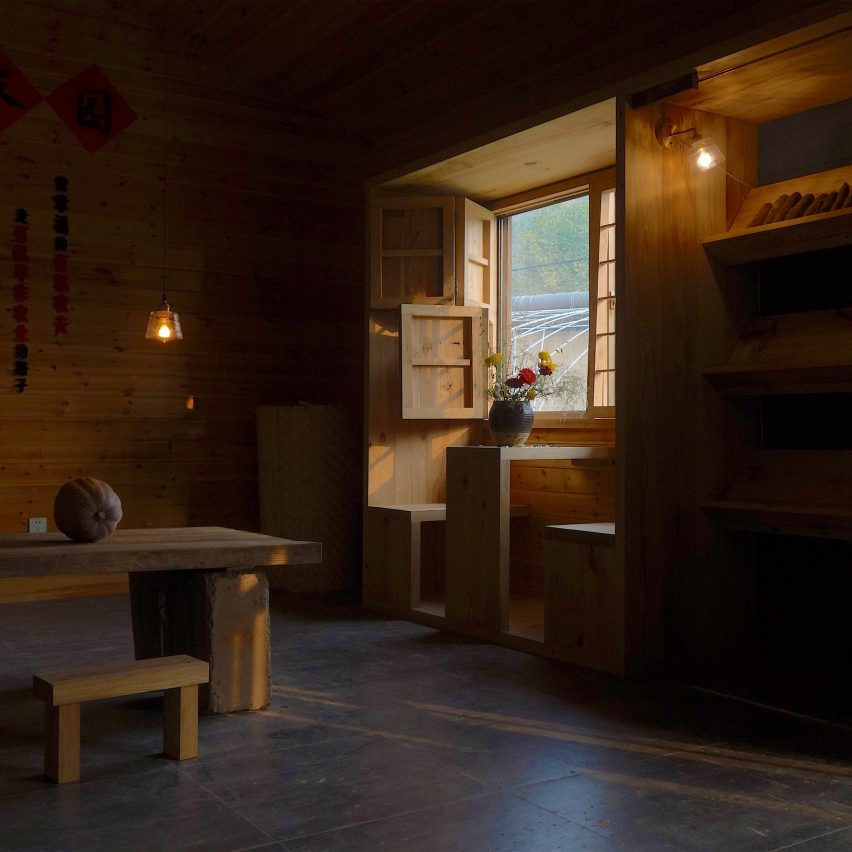
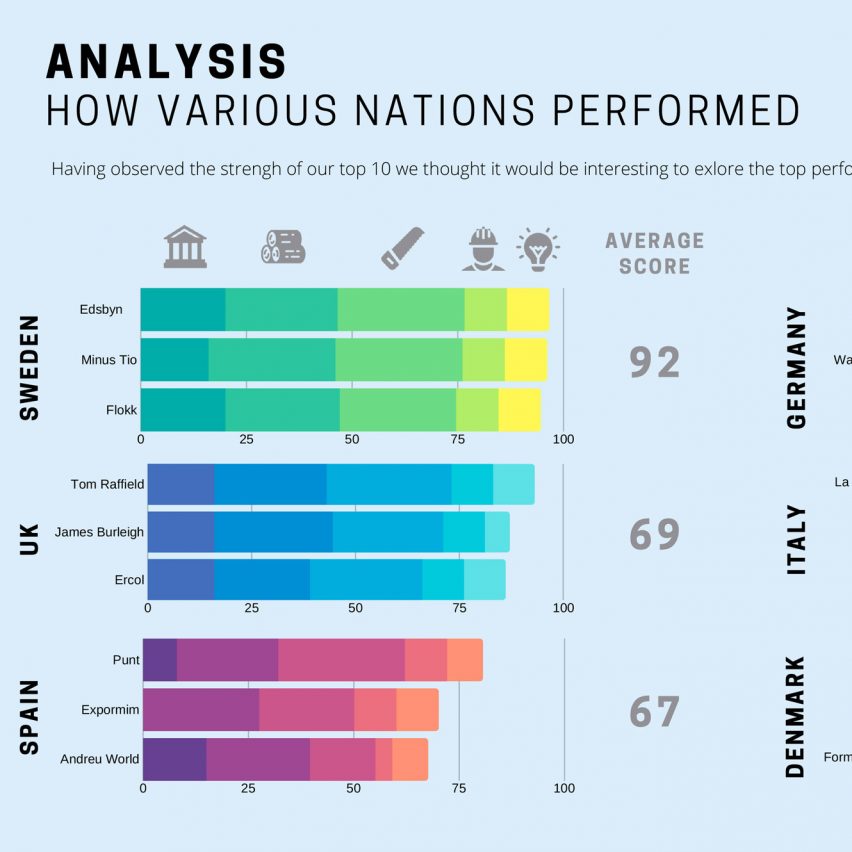
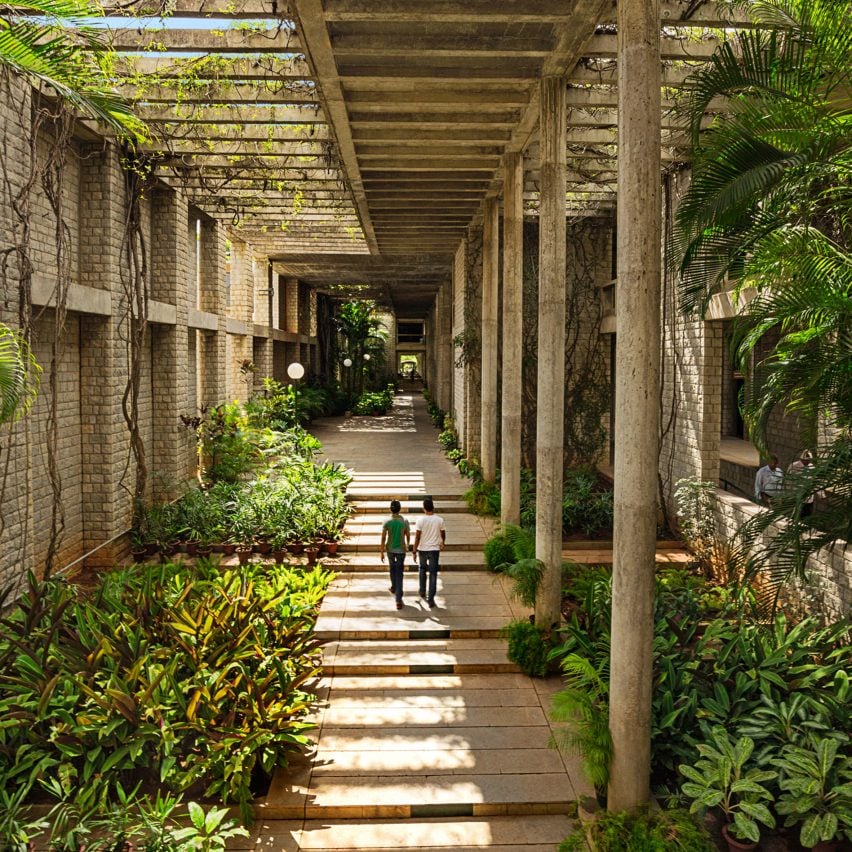


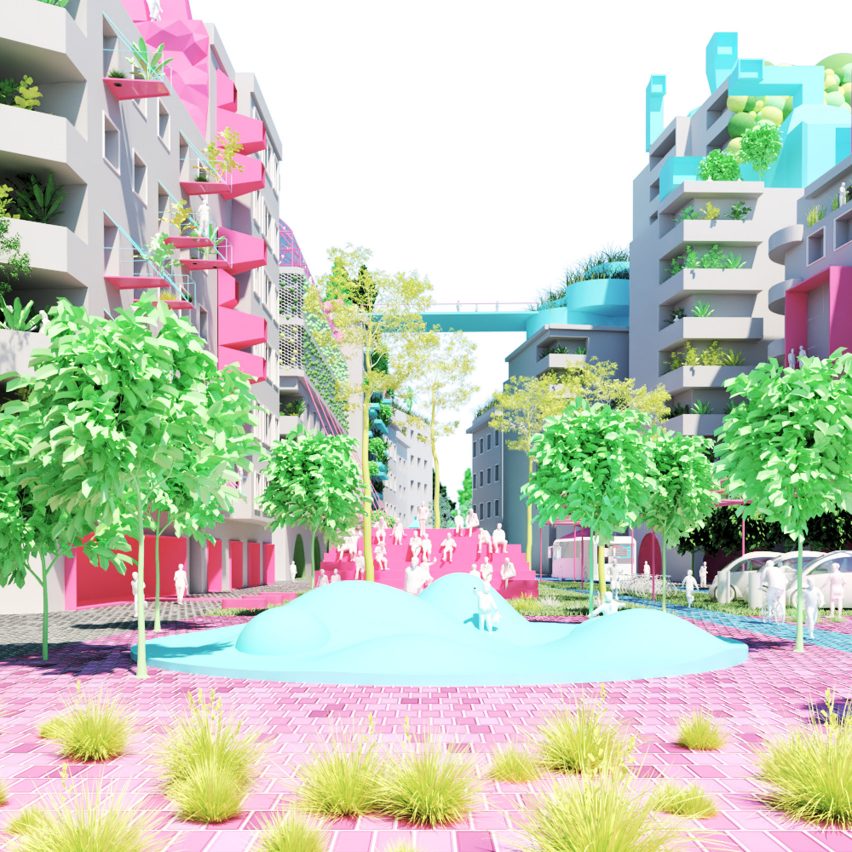
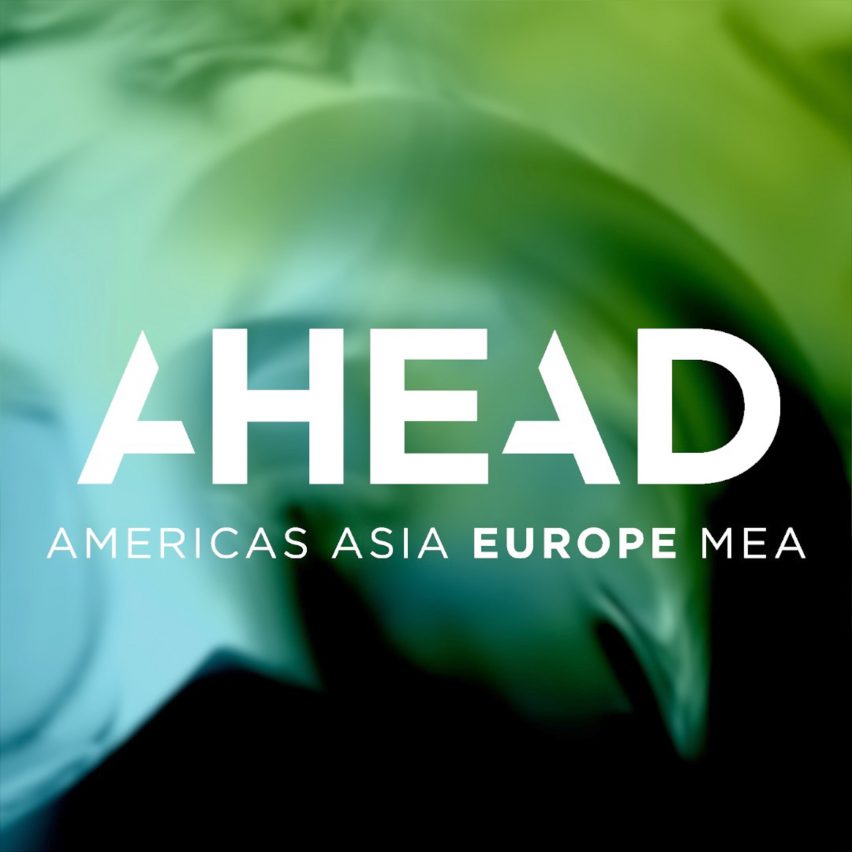
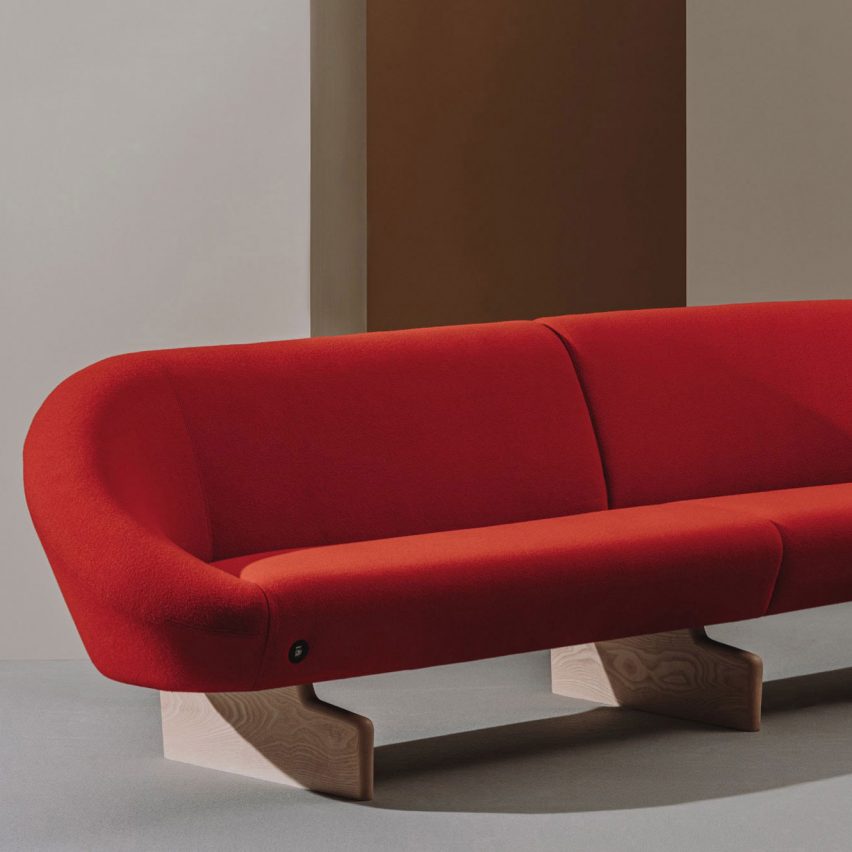
No comments:
Post a Comment